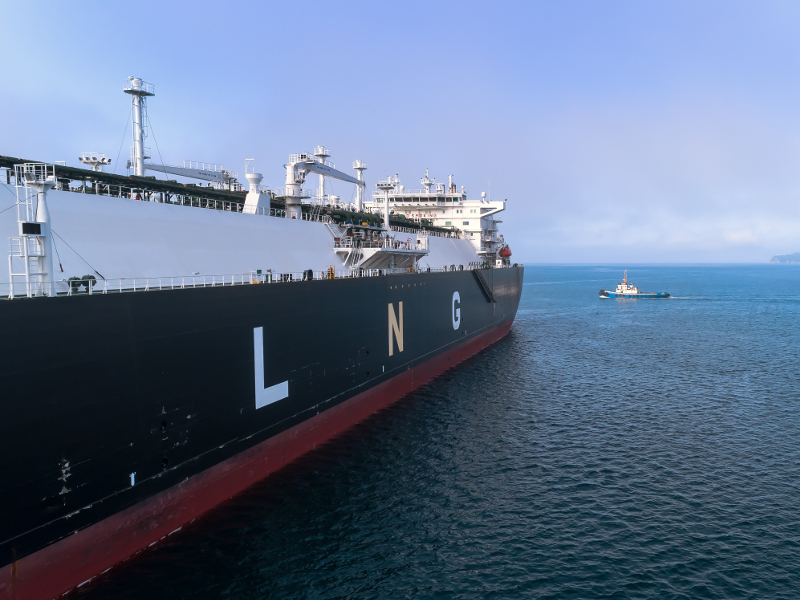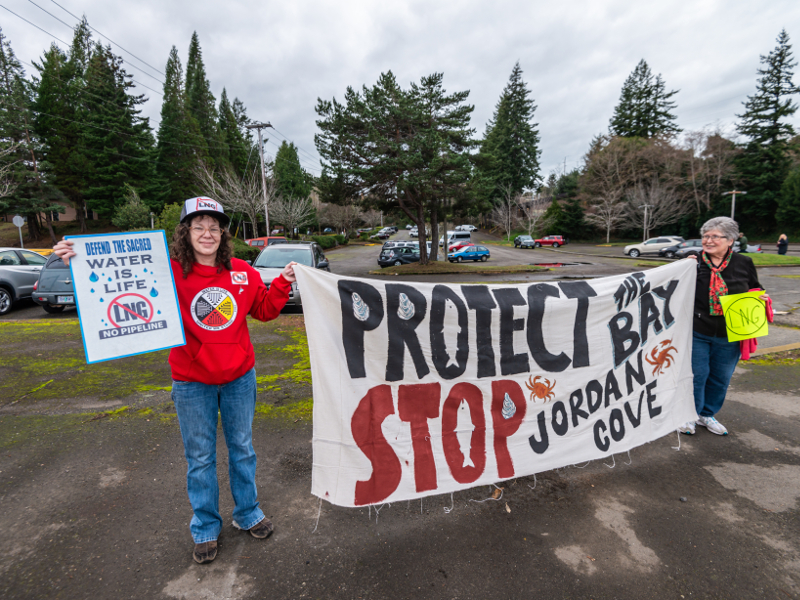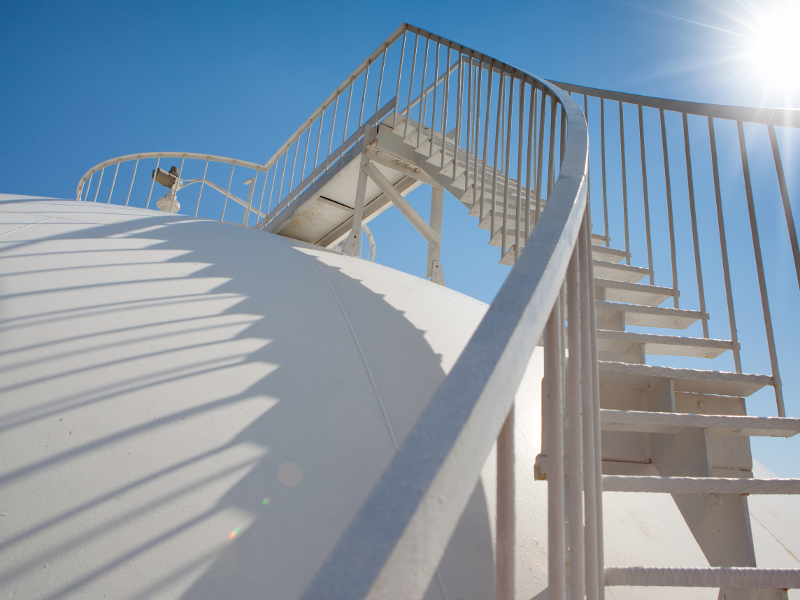The Jordan Cove LNG project involves a 7.8 million tonnes per annum (Mtpa) LNG export terminal at Coos Bay and the 368km-long Pacific Connector gas pipeline to connect the facility with the Malin gas hub in Oregon, US. The total cost to develop the project is estimated to be £7.57bn ($10bn).
Pembina, a pipeline company based in Canada, is the owner and developer of the proposed integrated project. It will operate the LNG export facility and the pipeline, through its subsidiaries Jordan Cove Energy Project and Pacific Connector Gas Pipeline, respectively.
The US Federal Energy Regulatory Commission (FERC) granted final environmental approval for the project in November 2019.
The construction permit for the Jordan Cove project is expected to be received in February 2020, while the terminal, as well as the pipeline, is scheduled to commence operations in 2025.
Project Gallery
The project is expected to create up to 6,000 jobs during the peak construction phase.
Location and site details
The Jordan Cove LNG export terminal will be developed on a 97ha-site on the North Spit of Coos Bay in Southwest Oregon.
The LNG ships from the terminal will transit to the open waters of the Pacific Ocean through an 11km-long navigational channel, which is controlled and maintained by the US federal government.
Jordan Cove project history
The Jordan Cove project was originally undertaken as an LNG import project by Veresen, which received FERC authorisation for the same in 2009.
However, following the US shale gas revolution, Veresen applied to the US Department of Energy (DoE) for authorising LNG export from the site in March 2012.
It was followed by an application to FERC for constructing and operating a liquefaction and export facility at the same site in May 2013.
The DoE granted conditional approval for LNG export from the Jordan Cove site in March 2014.
Pembina became the owner and developer of the project after acquiring Veresen in October 2017.
The FERC issued the draft environmental impact statement (EIS) for the project in March 2019.
Jordan Cove LNG export terminal details
The Jordan Cove LNG facility will comprise five liquefaction trains of 1.5Mtpa capacity each and two LNG storage tanks with a total storage capacity of 320,000m3, apart from a gas metering station, gas pre-treatment facilities and marine facilities for loading LNG ships.
The terminal will receive up to 1.2 billion cubic feet (bcf) of feed gas a day through the Pacific Connector gas pipeline.
LNG from the Jordan Cove liquefaction facility will be exported mainly to the Asian markets through approximately 120 LNG carrier vessels a year.
Pacific Connector gas pipeline route and design details
The 368km-long Pacific Connector gas pipeline will originate near Malin in Klamath County, Oregon. It will have interconnections with two interstate pipelines namely, the Ruby pipeline and the Gas Transmission Northwest (GTN) pipeline.
The pipeline will traverse through Klamath, Jackson and Douglas counties, before terminating at the Jordan Cove LNG facility in Coos County.
The 36-inch diameter pipeline will be capable of transporting 1.2bcf of natural gas a day. The pipeline will involve a 61,500hp compressor station near Malin, three new meter stations, five pig launchers and receivers, 17 mainline block valves and a gas control communication system.
Contractors
KBJ, a joint venture of Kiewit Energy Group, Black & Veatch Construction, and JGC Corporation, was selected as the engineering, procurement and construction (EPC) contractor for the Jordan Cove LNG export facility in July 2017.
Black & Veatch and Kiewit completed the front-end engineering and design (FEED) and pre-construction planning activities for the project in August 2013.



